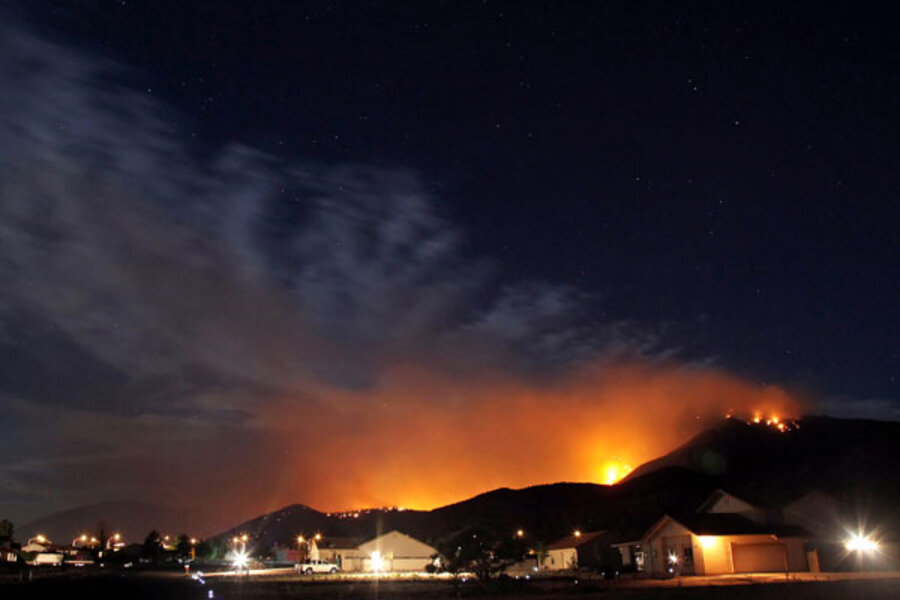The headline so far
Baby, it's hot outside, and getting hotter and drier.
During the past decade, the hottest on record globally, the Southwest has averaged 2 degrees above historic average temperatures, with wide variations in the amount of rain and snow. The number of heat waves has increased, and in many areas drought has boosted the number and extent of wildfires. Snow melt, key to the region's water supplies, is occurring earlier, leaving less water stored in the mountain snowpacks for use later in the year.
Look-ahead
The region already hosts 65 million people and is expected to top 94 million by 2050. Depending on emissions trajectories, this larger population could experience annual temperatures between 2.5 and 5.5 degrees F. higher than historic levels by midcentury and up to 9.5 degrees F. higher by century’s end. The frost-free season is projected to become longer, and heat waves are expected to become hotter and longer. These have direct effects on energy demand, farming, and public health. Wildfire risks are projected to increase, as is the risk to California's low-lying coastal areas from sea-level rise.
What's being done?
Four of the region’s six states have set emissions reduction targets. One has a statewide adaptation plan, while two others mention the need for such plans in their broader planning documents. All have programs or standards in place for their energy, transportation, or building sectors that, while not necessarily mentioning climate specifically, have climate benefits. The states in this region are California, Nevada, Utah, Arizona, Colorado, and New Mexico.






